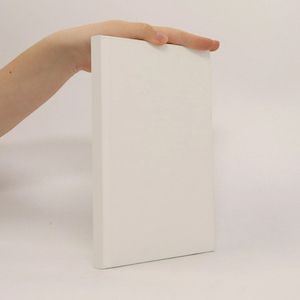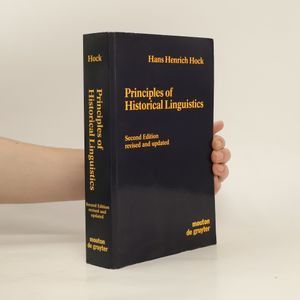
More about the book
Historical linguistic theory and practice consist of a large number of chronological „layers“ that have been accepted in the course of time and have acquired a permanence of their own. These range from neogrammarian conceptualizations of sound change, analogy, and borrowing, to prosodic, lexical, morphological, and syntactic change, and to present-day views on rule change and the effects of language contact. To get a full grasp of the principles of historical linguistics it is therefore necessary to understand the nature of each of these „layers“. This book is a major revision and reorganization of the earlier editions and adds entirely new chapters on morphological change and lexical change, as well as a detailed discussion of linguistic palaeontology and ideological responses to the findings of historical linguistics to this landmark publication.
Book purchase
Principles of historical linguistics, Hans Henrich Hock
- Language
- Released
- 1986
Payment methods
We’re missing your review here.

